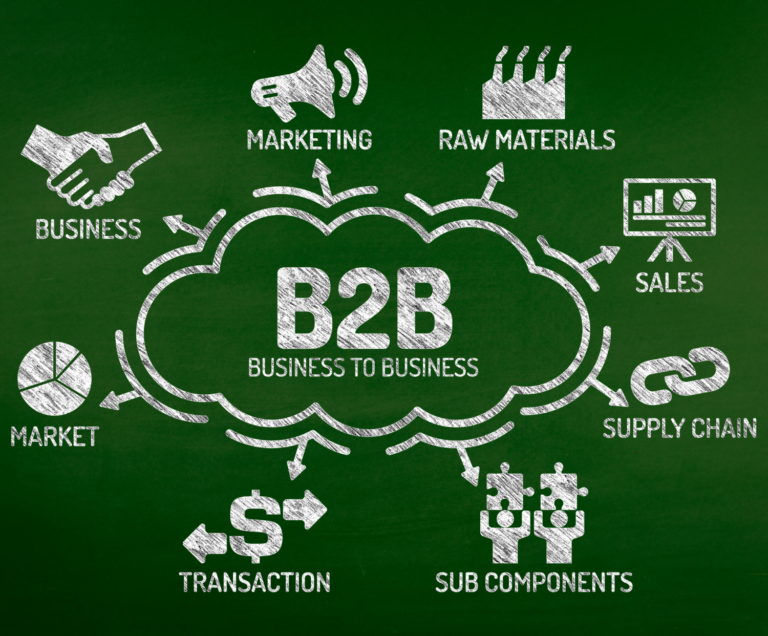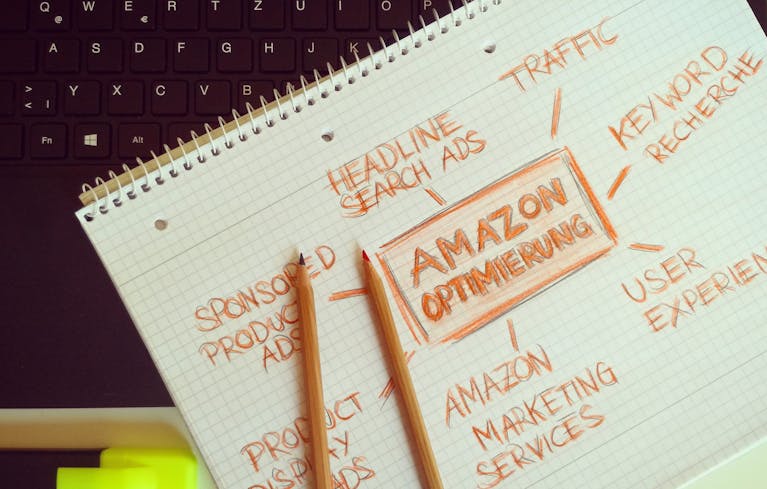Cracking the Code: Tackling Unpredictable Consumer Behavior Amid Economic Uncertainty
The American economy, often heralded as a titan of stability and prosperity, finds itself in a paradoxical space of strength and uncertainty. Amid fluctuating economic markers, brands have unprecedented access to consumer data—demographics, spending habits, opinions, and even real-time purchase behavior. Yet, consumer unpredictability continues to baffle marketers and strategists alike. Why do shoppers defy expectations? And more importantly, how can brands adapt to this unpredictable climate without losing their footing?
The Data Paradox: Drowning in Information, Starving for Insight
In a world where every click, swipe, and purchase is meticulously tracked, brands have more consumer data than ever. Yet, despite these treasure troves of insights, consumer behavior often seems as erratic as ever. Shoppers abandon carts, oscillate between brand loyalty and bargain hunting, and make decisions that defy even the most sophisticated algorithms.
This unpredictability underscores a crucial truth: data is only as useful as the context in which it’s understood. Trends like post-pandemic spending shifts, inflation-induced budget tightening, and evolving values (sustainability, anyone?) show that while data can map patterns, it cannot always account for emotions, external shocks, or sudden lifestyle changes.
Decision Fatigue: The Paralysis of Too Many Choices
Call it decision fatigue, analysis paralysis, or the paradox of choice—today’s consumers are inundated with options. Research shows that when faced with too many choices, people often feel overwhelmed, leading to frustration, regret, or even complete inaction.
Consider the modern grocery aisle: twenty types of oat milk, endless pasta brands, and snack varieties that range from “keto-friendly” to “paleo-approved.” Instead of empowering consumers, an overabundance of options can leave them disengaged, opting to either postpone decisions or revert to familiar brands.
What Can Brands Do?
- Curate, Don’t Overwhelm: Simplify product assortments to create clarity for buyers. A focused selection can often drive higher conversions than a sprawling catalog.
- Highlight Best Sellers: Use tactics like “staff picks” or “most popular” tags to guide consumers toward confident decisions.
Innovation Without Clutter: Controlled Choice is King
Today’s consumers want innovation, but they don’t want chaos. Buyers need to feel they have a choice—but not so much choice that it becomes debilitating. In other words, the key is offering innovation without clutter.
Take Apple, for instance. Every product launch boasts groundbreaking innovation, yet their product lineup remains clean, controlled, and easy to navigate. Consumers know the difference between an iPhone and an iPad without needing a flowchart.
Brand Takeaway:
- Prioritize clarity in communication. Your consumers should never need to ask, “What does this product even do?”
- Roll out incremental innovations instead of bombarding consumers with overly complex updates.
Taking Consumers for a Ride: Storytelling as the Bridge to Loyalty
In times of uncertainty, trust and emotional connection become critical. Brands that succeed are those that make consumers feel part of something larger. Transparent development processes, behind-the-scenes stories, and authentic narratives can foster trust and loyalty.
Consider the meteoric rise of direct-to-consumer (DTC) brands like Warby Parker and Allbirds. Their approach isn’t just about selling; it’s about creating a lifestyle narrative. Whether it’s showing the sustainable farms where wool for shoes is sourced or sharing humorous insights into product testing, these brands engage consumers with storytelling that feels real.
Practical Application:
- Use video content to share your product’s journey from ideation to the consumer’s doorstep.
- Invest in community engagement, whether through social media Q&As or in-person events, to make your brand feel accessible.
Future-Proofing: Bridging the Gap Between Instinct and Analytics
As the socio-economic landscape shifts, the brands that will succeed are those that anticipate and adapt. Here are a few strategies to future-proof your approach:
- Invest in Predictive Analytics:
- Use tools to anticipate consumer trends rather than react to them. Machine learning can identify patterns that human analysts might miss.
- Balance Data with Human Intuition:
- Analytics are invaluable, but they don’t replace understanding human emotions and external factors like political or economic shifts.
- Flexibility in Pricing and Promotions:
- As inflation impacts purchasing power, consider dynamic pricing models or loyalty rewards to retain budget-conscious consumers.
The Consumer’s Voice Matters: Join the Conversation
Navigating consumer unpredictability requires not only innovation and agility but also dialogue. If there’s one takeaway from this chaotic landscape, it’s that brands don’t need to have all the answers—they just need to listen, adapt, and build genuine connections.
What are your thoughts on managing unpredictable consumer behavior? Do you have tips or insights to share? Join the conversation in the comments below—we’d love to hear how you’re adapting in today’s fast-changing world.







